10:00 AM
Apr 2



10:00 AM
Apr 2


12:00 PM
Apr 2


01:00 PM
Apr 2


01:00 PM
Apr 2

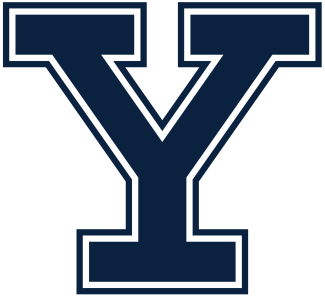
03:00 PM
Apr 2


03:00 PM
Apr 2

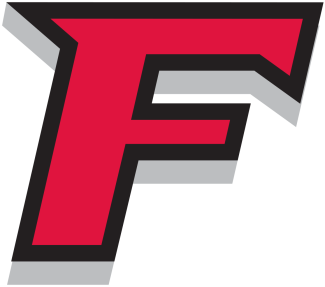
03:00 PM
Apr 2


04:00 PM
Apr 2


04:00 PM
Apr 2


04:00 PM
Apr 2


04:00 PM
Apr 2


04:00 PM
Apr 2


04:00 PM
Apr 2


05:00 PM
Apr 2
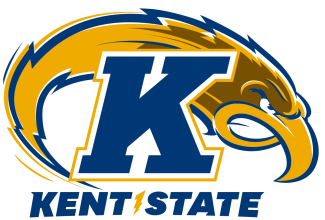

06:00 PM
Apr 2

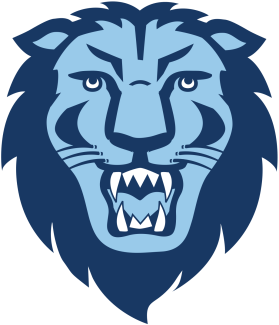
06:00 PM
Apr 2


06:00 PM
Apr 2


-
Apr 2


03:00 PM
Apr 3


06:00 PM
Apr 3


07:00 PM
Apr 3


01:00 PM
Apr 4


01:00 PM
Apr 4

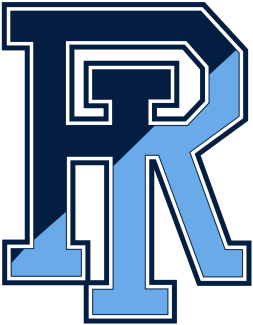
03:00 PM
Apr 4


05:00 PM
Apr 4

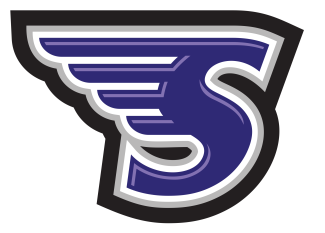
06:00 PM
Apr 4


06:00 PM
Apr 4


06:00 PM
Apr 4
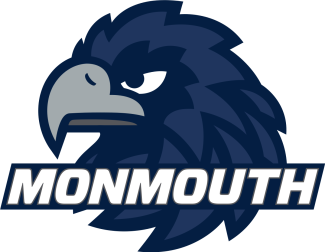

© 2025 USA Lacrosse. All Rights Reserved.
Dan Chemotti was following up on a tip, as coaches often do, during a fall event a couple years ago. He was basically alone and quickly found himself grateful for the solitude.
It was the Richmond coach’s first look at Richie Connell, a lightly recruited offensive player who wouldn’t be anonymous for long.
“As I saw him play, he was 6-foot-4, 6-foot-5, could run and had really, really good left-handed skills,” Chemotti said. “I was like, ‘Is anyone else paying attention?’”
They are now. Connell emerged as one of the top freshmen in the country last season. His 19 goals were the second most among first-year players, behind only Duke’s Dyson Williams. His seven man-up goals led the country, and Spiders assistant John Hogan effectively designed the extra-man unit around Connell’s skillset.
It was a rapid rise for a player who drew attention from a few low-level Division I schools and a handful of Division III programs during his time at Mullen High School in Denver. He was uncommitted throughout his senior season and decided to spend a postgraduate year at the Hill Academy in Ontario.
So how does a player from Colorado end up in Virginia by way of Canada? As is often the case, it helps to know a guy who knows a guy. Chemotti found out about Connell from Hill Academy assistant Reid Acton, who played at Loyola when Chemotti was on the Greyhounds’ staff.
Connell didn’t know much about the Spiders’ program aside from passing knowledge of a couple of upset victories. He was impressed with what he quickly learned about the team and the school, describing them as “immaculate.” And he hit it off with Chemotti.
It was good to be wanted. It was even better to be wanted by one of the burgeoning programs in the sport. Within a few months, he committed to Richmond.
“It's a great school, a great opportunity, a growing team and a place where I could make something of myself instead of just being another number in the pool,” Connell said. “I had two main things. I wanted to go to a school I wouldn’t usually get in if it weren’t for lacrosse, and I also wanted to go to a school where I would mean something to the team and the school.”
Connell went into the fall of 2019 content to simply have a place on the roster. Like many freshmen, he was wowed by the speed of his first college practices. But he made it a point to spend extra time four days a week in the coaches’ office learning sets and plays, and his extensive box experience growing up, coupled with the post-grad year, meant his stick skills were more refined than most first-year college players.
Richmond had much of its offense back from a 10-7 team that put a first-round scare into Duke in the NCAA tournament. Yet there was an opening for a left-handed attackman after the graduation of Teddy Hatfield, the program’s all-time leader in goals and assists.
“In all honesty, we knew he was good — we wouldn’t have recruited him if we didn’t think he was good — but we didn’t expect him to start right away,” Chemotti said. “We had some good options, some older guys who were good options to step in and fill that void. But Richie just burst onto the scene and made it very clear and obvious that he was going to be the best guy for the job.”
An offense that often culminated in Hatfield-to-Ryan Lanchbury goals in 2019 thrived on a Lanchbury-to-Connell connection in 2020. Connell scored three goals in the first 17 minutes of his college debut against Maryland. Lanchbury assisted on each of them.
It helped that Connell was eager to work within a system in which everyone complements each other. He’s found that at Richmond.
“Growing up, I hated the all-star games and showcases,” Connell said. “That’s not really my playing style. I’m into playing with other players, not just being a one-man show. Our team takes pride in how all our goals are assisted.”
There’s another big reason for Connell’s instant impact. It’s because he’s, well, big. From a practical perspective, the 6-foot-4, 215-pounder can snag passes beyond the reach of most players.
Intriguingly, he’s only beginning to unlock his physical potential. Connell said he spent much of his high school career at 5-10 or 5-11 and between 165 and 180 pounds.
“I was always a clumsier dude,” Connell said. “I always had a bigger body but was never as tall as I am. I think I’m starting to learn and grow into my body a lot more. I think last year, I was more of a cut-and-finish guy, and I could catch the ball and shoot, but was not much of an initiator or dodger. This year in the fall, I think I’ve unwrapped a couple of gifts I think my body can handle and my skillset can handle. … This fall I realized if I put my full force into somebody when I’m dodging, I think it’s a good look for me.”
Chemotti noticed a difference this fall, and not just in Connell’s maturity and approach. There’s also his eagerness to add to what’s already made him a vital part of a program that brings back nearly everyone from a team that went 4-3 but extended both Maryland and Duke to overtime in the truncated 2020 season.
“It’s fun to watch the development of his game,” Chemotti said. “Having the tools he has, whether it’s his size or his skill, I think it really creates a very high ceiling for him. … He’s starting to realize he can be great, and I think he really wants to be great.”
